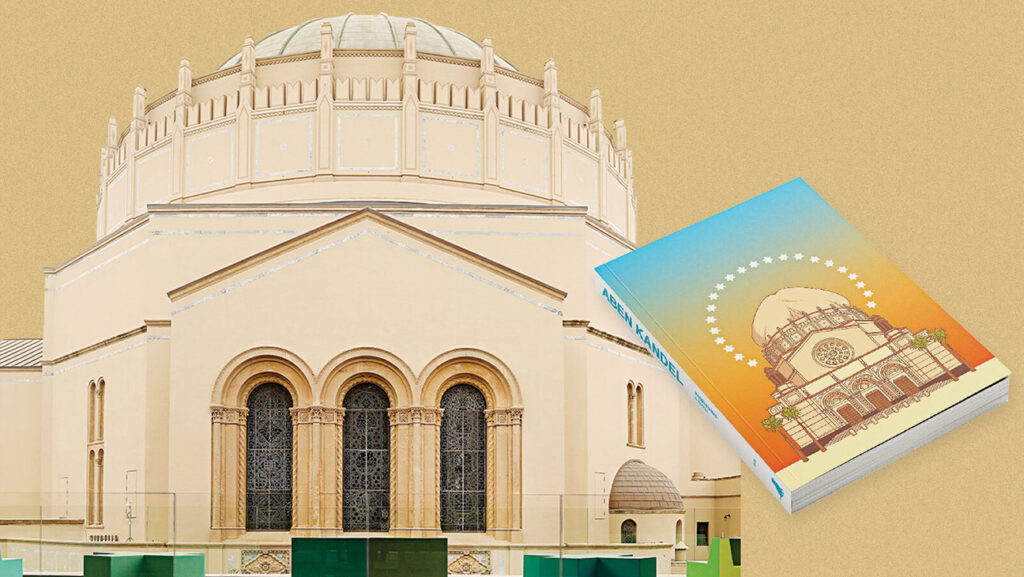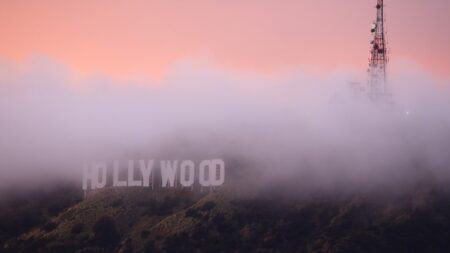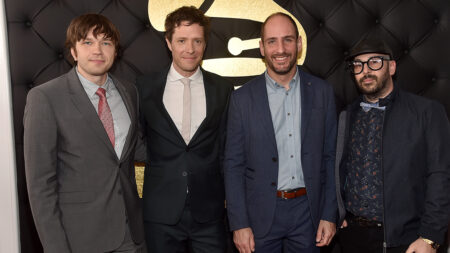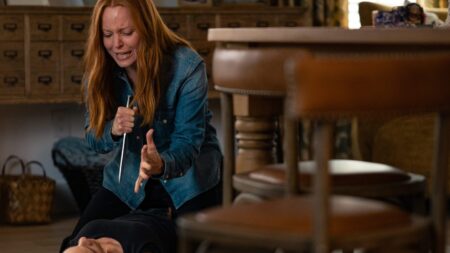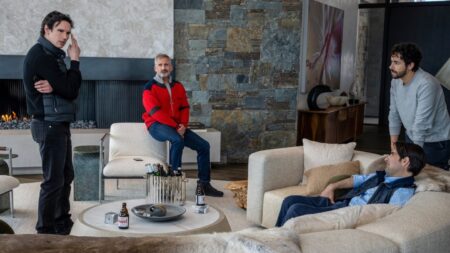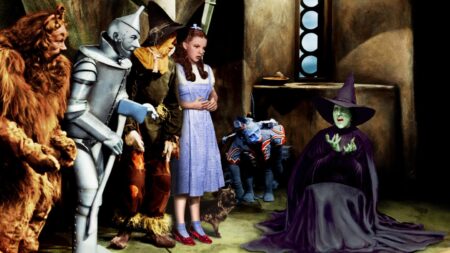The Academy Museum’s high-profile stumbles have had a silver-screen lining: prompting the limited-
edition reissue and hopeful rediscovery of a lost classic of Hollywood satire.
Film historian Sam Wasson — author of best-selling, critically acclaimed books about Chinatown, Breakfast at Tiffany’s and Francis Ford Coppola — was among the many ticked off by the museum’s initial erasure of the founding Jewish moguls and subsequent maladroit attempt at correction. His recourse was publishing, through a boutique press he runs, Aben Kandel’s searing 1931 novel, Rabbi Burns, a long-out-of-print gem that until now was mostly known for providing the epigraph to Neal Gabler’s definitive An Empire of Their Own: How the Jews Invented Hollywood.
The 264-page book — think What Makes Sammy Run? meets Elmer Gantry — is about a Los Angeles rabbi who considers leaving his pulpit for a high-level studio post while building a new house of worship for his industry-oriented congregation that might rival Sid Grauman’s movie palaces. “It feels important to share this book with this community right now,” explains Brandon Millan, Wasson’s co-founder in the Hollywood-focused Felix Farmer Press, named after the producer who’ll do anything to get a film made in Blake Edwards’ 1981 moviemaking farce S.O.B.
Kandel penned a handful of novels early in his career and made his living in the screen trade, with credits on B-movies like 1957’s I Was a Teenage Werewolf and Joan Crawford’s final picture, the 1970 sci-fi horror flick Trog. He had a knack for sociological status detail akin to Tom Wolfe’s fiction, especially in delineating Ashkenazi tribal differences, snobberies and antagonisms among the establishment, assimilated German Jews of that earlier L.A. era and their on-the-make Eastern European immigrant brethren.
“It’s frank and funny and fearless about Jewishness,” says Wasson. “Always proud and critical. One of the Jewish muscles is criticism and interpretation. That’s what the moguls had: the ability to interpret their audience.”
Kandel was allusive about his IYKYK inspiration. The reissue isn’t: Its cover features an illustration of L.A.’s iconic Wilshire Boulevard Temple, and inside there are photos of its longtime rabbi, Edgar Magnin, who drew on donations from Hollywood titans Irving Thalberg, Louis B. Mayer and the brothers Warner to erect the Byzantine Revival-style edifice in 1929.
Wasson has yet to hear what the leadership of the present-day temple (expensively renovated not long ago with the support of its current Jewish Hollywood congregation) thinks of Rabbi Burns: “I’d be delighted if it offended and I’d be delighted if it didn’t.”
This story appeared in the April 2 issue of The Hollywood Reporter magazine. Click here to subscribe.
Read the full article here







